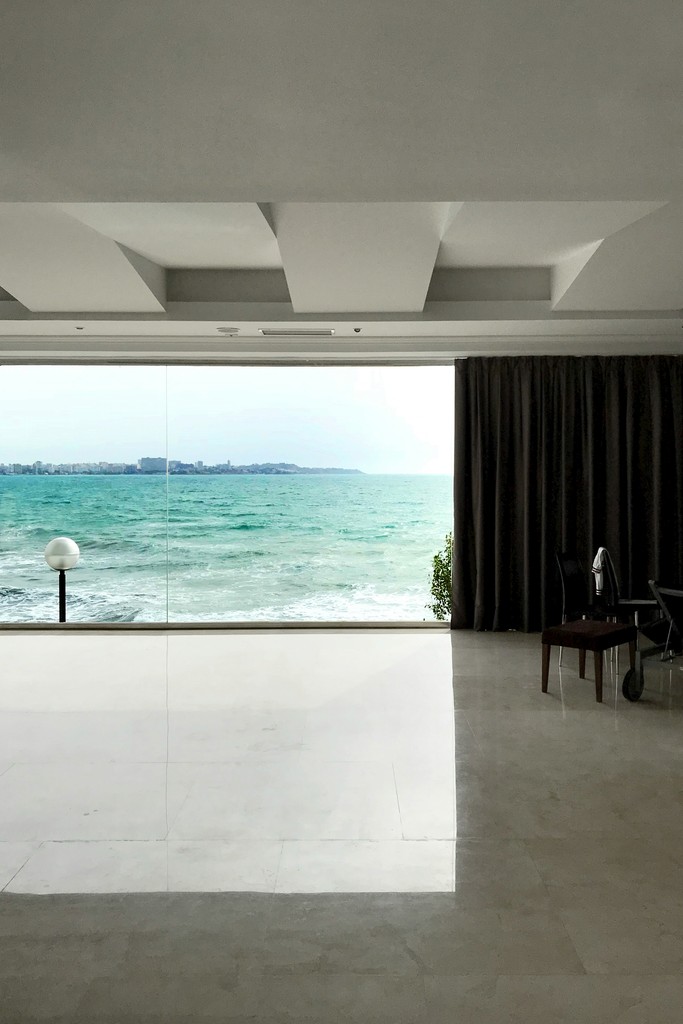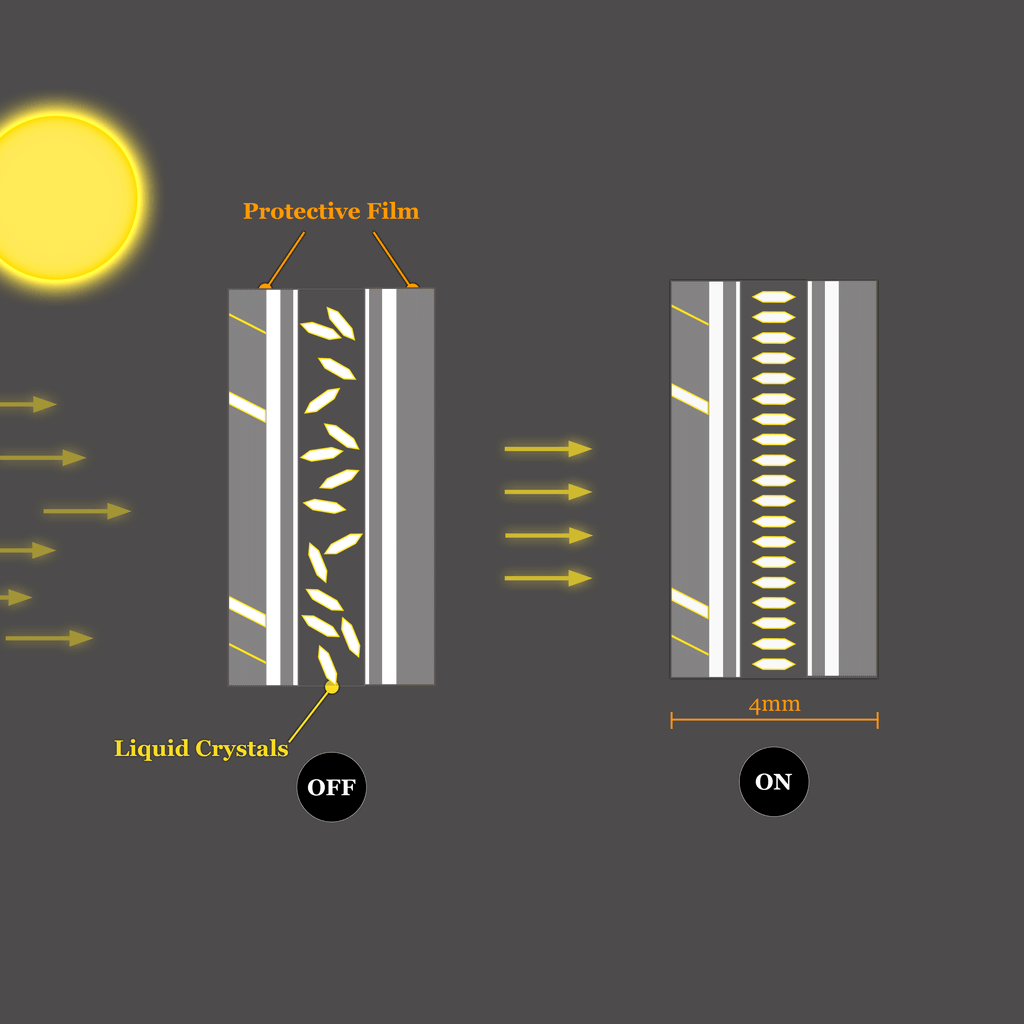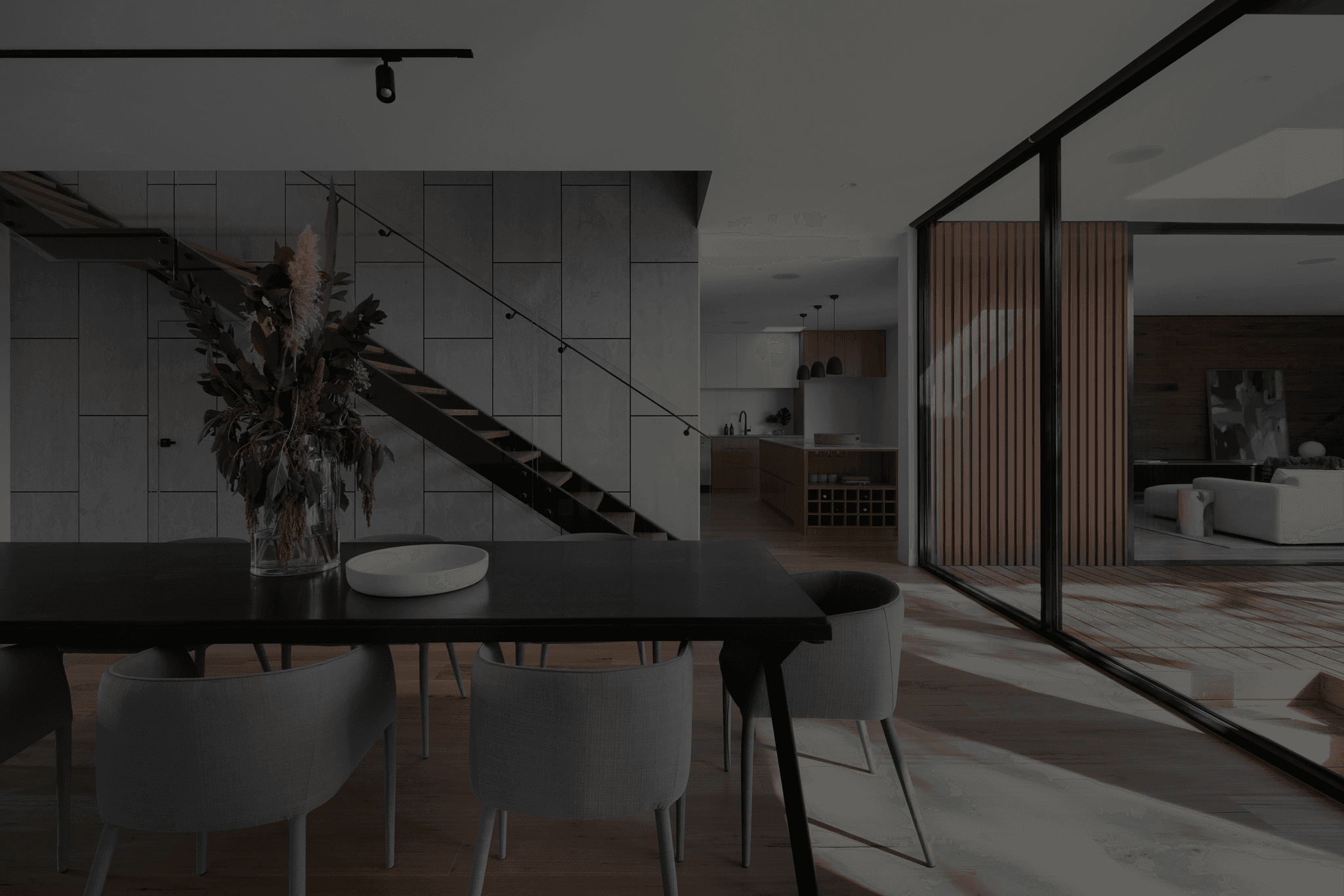Liquid Crystal Technology
Smart Film works by using liquid crystals embedded within a specialized film. These microscopic liquid crystals can be precisely controlled to align in a way that scatters light, making the glass appear opaque. By adjusting the alignment of these crystals, the glass can instantly switch between transparent and private states.
Unlike traditional window coverings, smart film technology provides:
Instant transition between clear and private states.
No moving parts to maintain or replace.
Sleek, modern appearance with no bulky hardware.
Smart film functions when a low-voltage electric current is applied to the film, triggering a change in its optical properties. When the current is on, the glass becomes transparent, allowing full visibility. When the current is turned off, the glass returns to its opaque or frosted state, blocking the view and creating instant privacy.
The technology behind our smart film solutions:
Uses minimal electricity (less than a standard light bulb).
Can be controlled via wall switch, remote, or smartphone app.
Transitions between states in less than one second.
Remote-Controlled Privacy
With our Smart Window Film, you can control the level of privacy in your Austin home or office with a simple remote control. Our smart film technology is perfect for:
Conference rooms that transition between collaborative and private meetings
Bathroom windows that provide privacy when needed
Home offices that can switch between open and focused environments
Bedroom windows that eliminate the need for curtains or blinds
UV Protection and Energy Efficiency
Our electric smart film technology also provides up to 99% protection from harmful UV rays, shielding you from the sun's harmful effects. Say goodbye to faded furniture, carpets, and artwork, and enjoy a comfortable and protected environment with Rapid Glass ATX.
Smart Film vs Traditional Glass: The Differences
Traditional windows require physical coverings for privacy, while smart glass technology allows you to change the window's transparency electronically. The key differences include:
Privacy control, with traditional windows requiring manual blinds or curtains versus smart glass's electronic switch or remote operation.
Maintenance needs, where conventional coverings demand regular cleaning and replacement compared to smart glass's simple wipe-clean surface.
Aesthetic appearance, contrasting bulky window treatments against smart glass's sleek, modern lines.
Light management, with traditional solutions offering all-or-nothing coverage versus smart glass's instant transparency adjustments
Fundamental technology, comparing mechanical systems to advanced electronic PDLC film that transforms your windows at the touch of a button.







